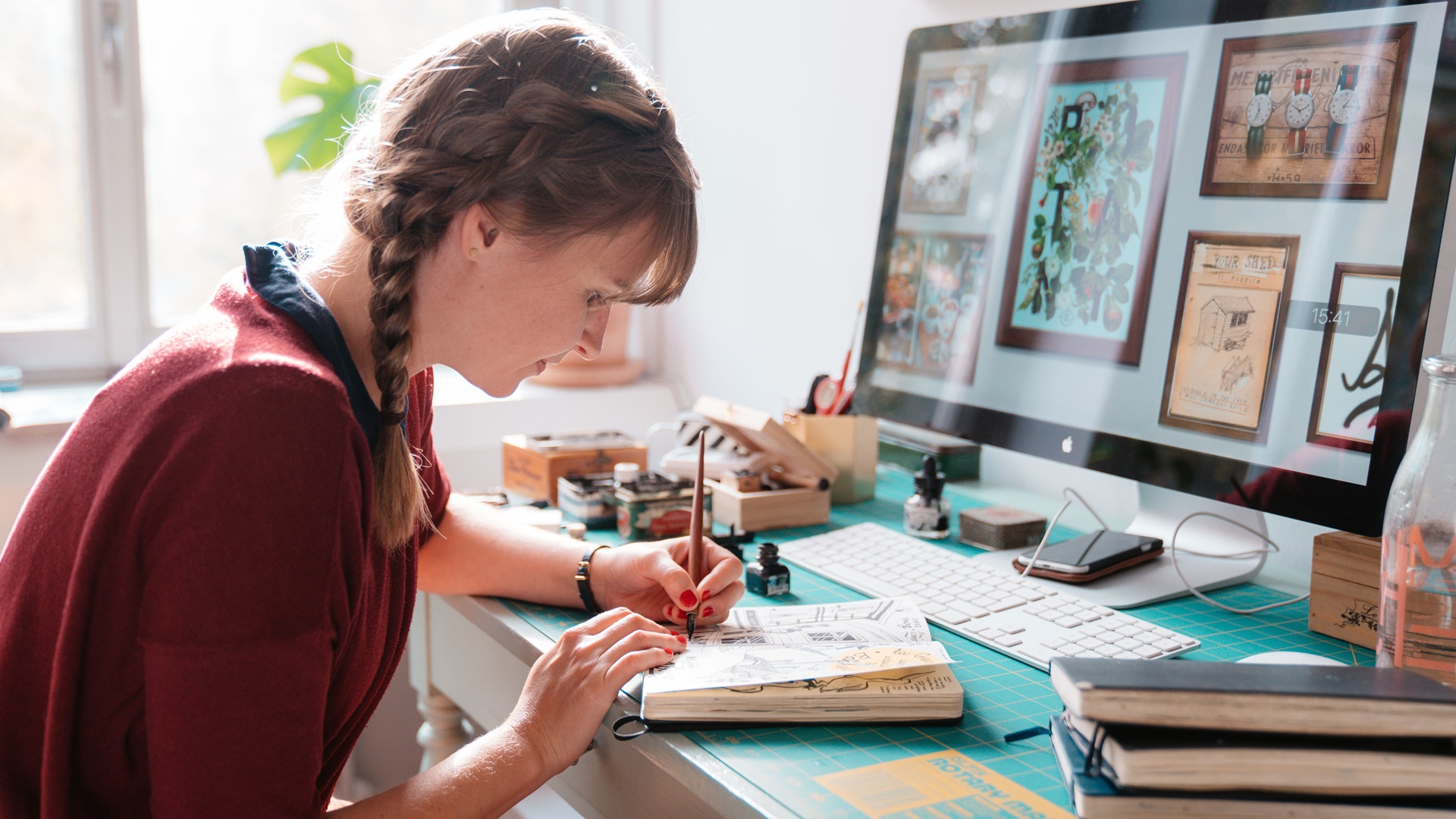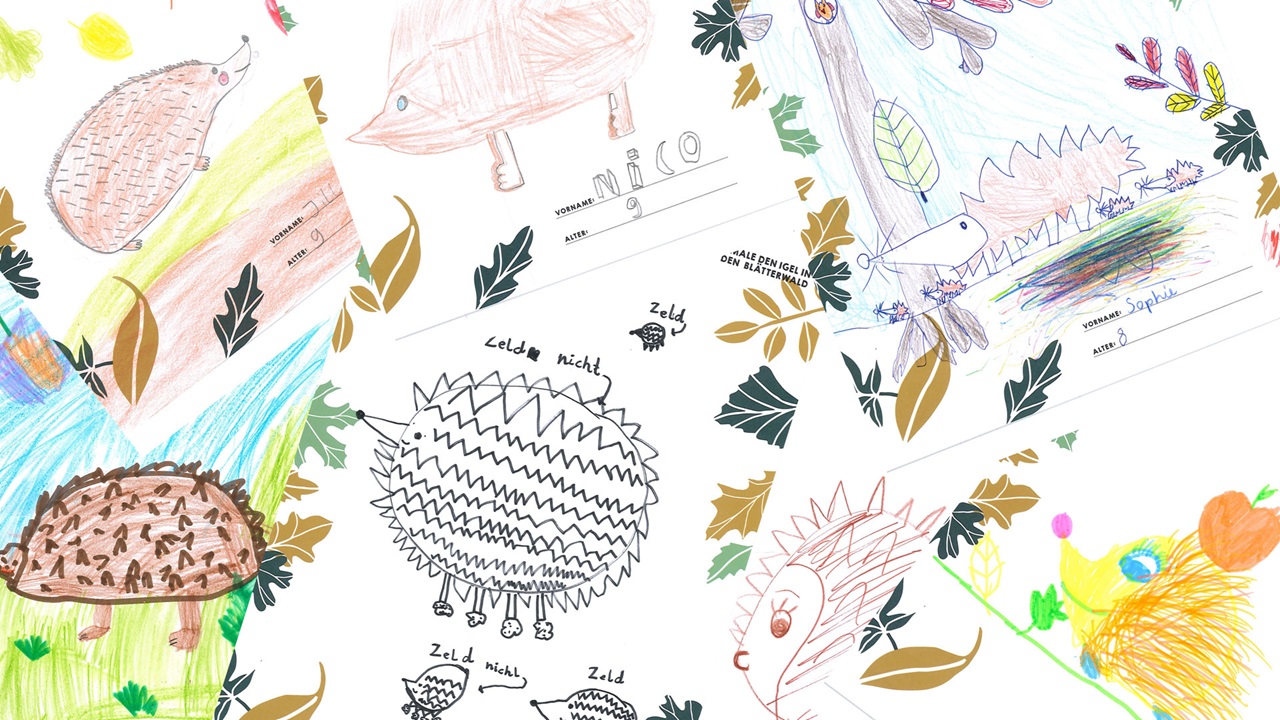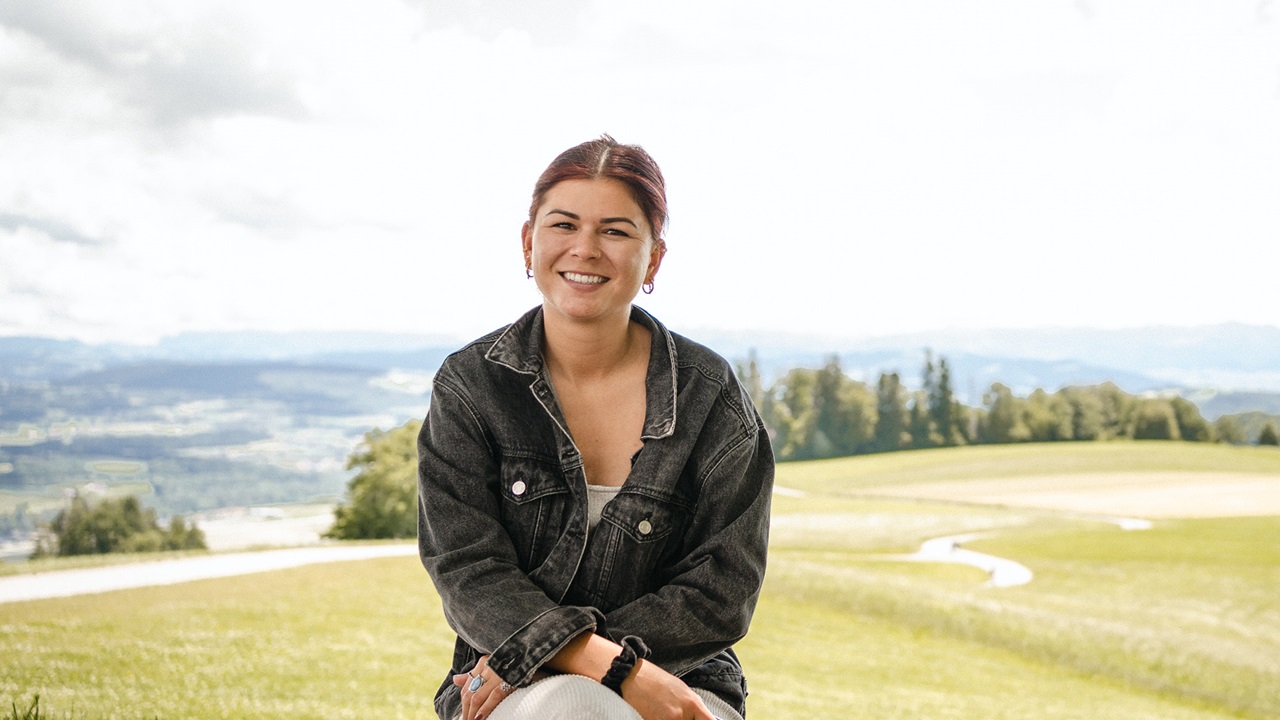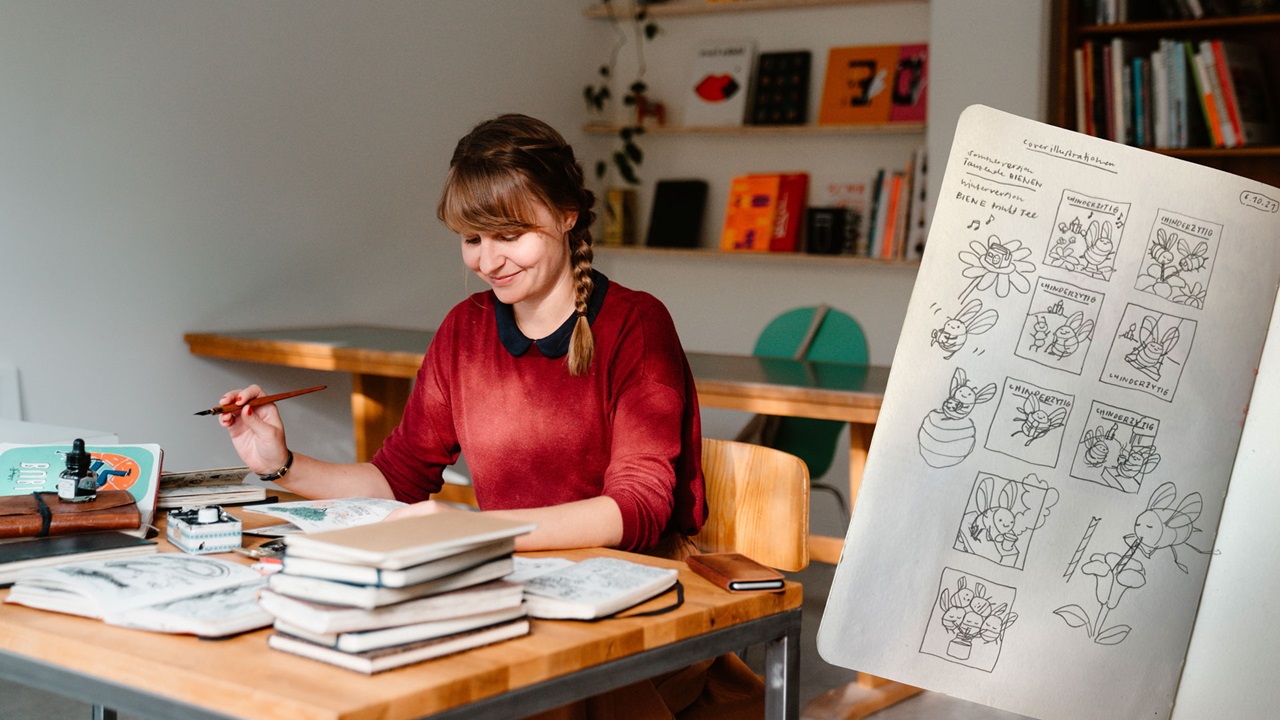For most of you, the Chinderzytig is probably a magazine you come across at the Gurten. But you presumably pay little attention to it because – as the title alludes to – it's for children. Once you've read this article, you may view this Gurten magazine for children in a different light. The first Chinderzytig came about as a result of collaboration between the Migros Culture Percentage, the Migros Aare cooperative and the Gurten – Park im Grünen. The very first issue of the Chinderzytig was published in 2016 under the editorial auspices of Michaela von Siebenthal. Due to a subsequent reorganization within the Migros Aare cooperative, the magazine has been provided with financial backing, but has had no staff resources assigned since 2021. (Lucky me for being able to continue the Chinderzytig project!)
Hundreds of hours of work go into the making of this free children's magazine. Hard to imagine, isn't it? The editorial planning process alone – searching for topics, carrying out research, writing articles, distributing tasks and much else besides – takes at least 100 hours. That's not even counting the illustrations, which make up another 130 hours of work.
This would not have been possible without the Migros Culture Percentage
Were we to add up the total time spent by everyone involved, we would come to about 300 hours (by comparison, a person in a full-time job works approx. 180 hours a month). 15,000 copies of each of the annual editions of the magazine are printed. The Chinderzytig contains no advertising and is free of charge. We, the publishers, therefore bear all the costs. Without the commitment and support of the Migros Culture Percentage, we wouldn't have been able to create the children's magazine at this scale.
Important issues presented in a child-friendly way
Like most adults, you undoubtedly have never even opened the magazine, let alone read it. But we're sure the jokes and texts it contains would also put a smile on your face. After all, there's far more to discover than the puzzles. We attempt to provide the generation of tomorrow with a better understanding of a variety of social issues using easy-to-understand examples. For example, our last issues addressed topics such as climate change and the animals in our environment. What impact will global warming have and what will this mean for the Gurten? Issue #4 (2021), for example, showed that less and less sledging will be done on low-lying hillsides like the Gurten in the future. This will mean no more spontaneous tobogganing outings on the Gurten, and more rain and muddy days. A poem by
Lorenz Pauli summarizes the topic in a humorous way:
Pfludiwinter
We’s geng rägnet anstatt schneit,
ds Schlittle drum ids Wasser gheit,
muesch halt chli flexibel sy.
Glungge-Söörfe! Bisch derby?
Suech e Glugge, läng u breit,
seckle los, so schnäll wie’s geit.
Gump! Es sprützt nach überall!
Gump nomal, das fägt total.
Klar bisch nächär pfludinass.
Houptsach isch, der Spass isch krass.
U vo wäge Suberkeit:
D Wöschmaschine steit bereit*.
* «bereit» heisst eigetlech im Bärndütsch «parat», das riimt sech aber uf «Salat», u um dä geits hie nid.
In the latest issue, we have focused on the regional honey bee. This was inspired by a bad summer and the subsequently meager honey harvest. Children are most likely to associate bees with painful stings rather than a creature that makes an important contribution to our ecosystem. Using cute drawings, jokes and puzzles, we familiarize children with this somewhat unpopular insect. By enhancing the bee's image and raising awareness about this topic, we hope we can give children a lasting connection to nature and a desire to look after the animal world.
Using a drawing competition, we encourage children to take a closer look at animals and draw them as they see them. Here are a few heart-warming pictures of hedgehogs from the Chinderzytig #4 (2021):



